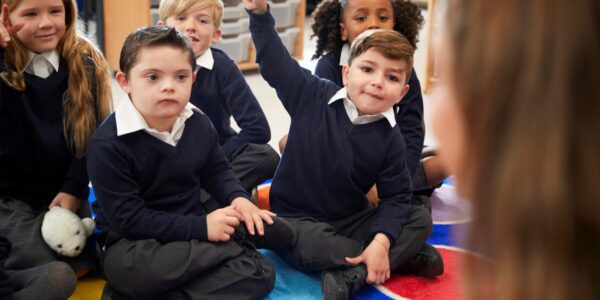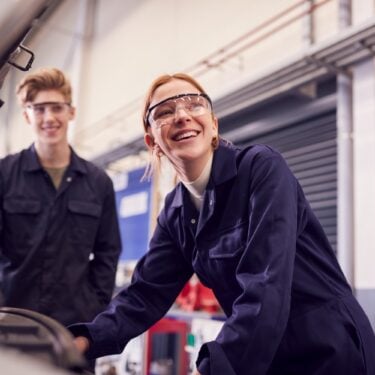
By Nuffield Foundation
19/02/13
2 min read
The findings from the British Chinese Adoption Study, funded by the Nuffield Foundation, have been published by the British Association for Adoption and Fostering (BAAF) in a new book, Adversity, Adoption and Afterwards: A midlife follow-up study of women adopted from Hong Kong.
The study gathered both quantitative and qualitative data on a wide range of issues, such as growing up in an adoptive family, health and well-being, adult partnerships, community relationships, parenting and experiences linked to being (in most cases) transracially adopted, lack of information about origins and access to information.
Key findings
- Seventy-two women participated in the study, out of a potential group of 100. The average age of participants was 48 years (ranging from 42 to 53 years).
- Comparison groups of UK-born adopted and non-adopted women of similar age were drawn from the 1958 UK National Child Development Study.
- The adoptive parents were all married couples, most with parenting experience. 90% of the couples were white British.
- At the time of interview, 90% of the women were living in the UK, in a range of locations from the major cities to rural communities.
- Virtually all of the women reported some experience of racism or prejudice – this ranged from playground name-calling during childhood to racists taunts in adulthood.
- 77% of the women were married or cohabiting; 71% were parents (including a small number who had adopted children). 97% said they had a person in their life they could turn to for support when needed – this was very similar to both the comparison groups.
- On the study’s main measures of psychological adjustment and life satisfaction, there were no statistically significant differences between the ex-orphanage women and the comparison groups. However, the interviews with the women made it clear that this did not mean problem-free lives but most had managed to cope well enough when challenges arose.
- The majority felt a sense of belonging in the UK and felt comfortable going out to public places. Most did not have close links with Chinese people in the UK.
- There was no evidence of increased risk for major physical health problems; using the same comparison groups as above.
- In comparison with other groups who had suffered more severe early deprivation or maltreatment, the following were almost entirely absent at the follow-up: contact with the criminal justice system, in-patient psychiatric care, removal of at risk children and serious drug/alcohol problems.
In many respects, the most important point to make is that the BCAS provides an outstandingly impressive example of the huge advantages that derive from the combination of quantitative and qualitative research methods. The former has the strength of providing numerical findings on the extent to which groups differ on standardised scores or ratings of a range of variables but, particularly in unusual circumstances, it loses out on the personal meaning or individual feelings about personal experiences. That is just what qualitative interviewing provides. But what is really distinctive about the BCAS is the thoughtful integration of the two approaches. That has worked spectacularly well in a range of ways that are well described in the book.”Professor Sir Michael Rutter (extract from the Foreword to the book)



















































